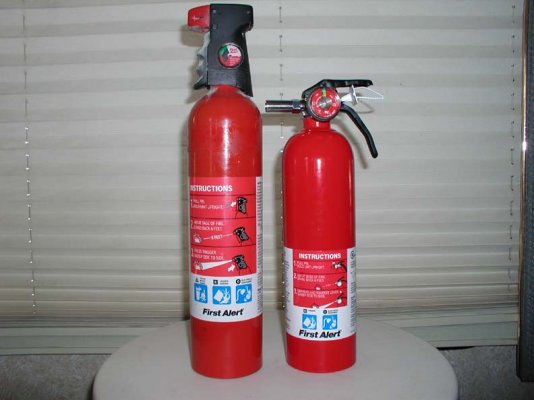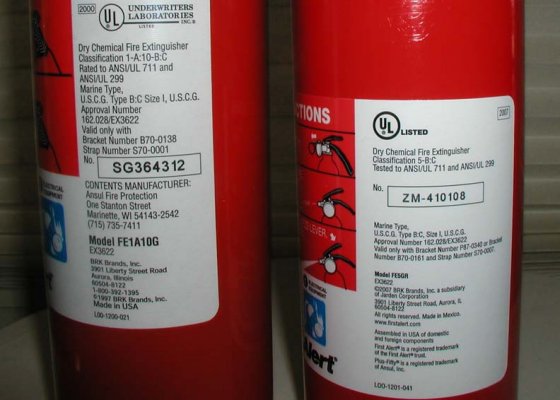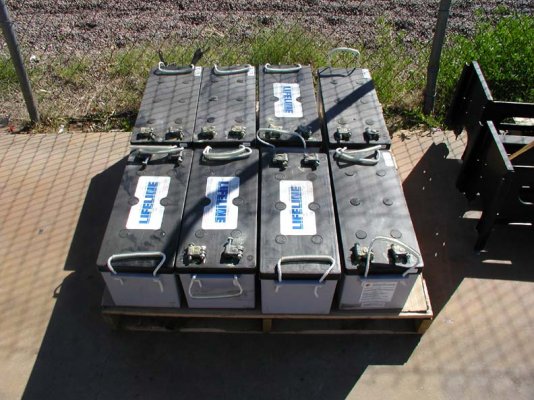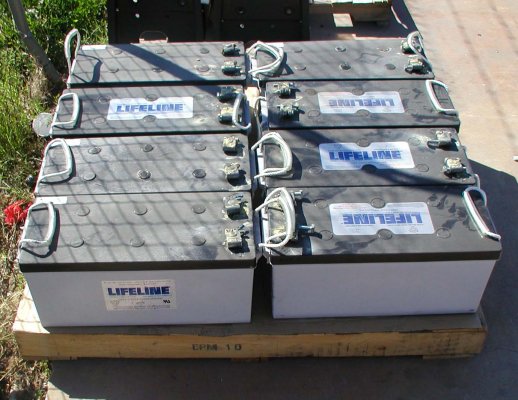Mark R.
Well-known member
No I have not been to Macs seminars, but I have taken 25 years of commercial fire safety classes, including putting out real fires using fire extinguishers on different types of fires. I looked at Mac's website, I see he sells little fire extinguishes for lots of money, what I did not see was the standard labeling I see on UL listed devices, I did not read words like UL listed, Classifications are 1-A 10-B.C, Marine Type U.S.C.G. bla bla bla,U.S.C.G. APPROVAL #4574776, tested to ANSI 711 AND ANSI/UL 299. What I did read were obscure statements that suggest they are approved with out saying they are " This ultimate hand held extinguisher is used for Class A, B, D, and K fires." Maybe all the devices he is selling have all the approvals and he chose not to say it for some reason. In his definition page that explains different types of fire agents he repeatedly uses scare tactics, like toxic, and the material will melt to hot surfaces. So Ned I will stick to the real thing, that says its the real thing on it and is tested to be the real thing and certified by the worlds largest most respected underwriter. I am sure people will learn allot at one of Macs seminars, and I am sure he has lots of experience, but by any chance does he sell anything at the safety seminars?
Last year I had a fire in my barn, the flames were 6 feet tall against a wall next to my MH, the fire was burning towels, the 50 amp 220 wire to a welder, a high pressure air hose and my nice new welding helmet (for sale 1/2 price). One quick blast from a 10 dollar UL approved ABC extinguisher put out the fire instantly. Yes I had to sweep and vacuum up the dust, I was willing to do it with a smile on my face.
Last year I had a fire in my barn, the flames were 6 feet tall against a wall next to my MH, the fire was burning towels, the 50 amp 220 wire to a welder, a high pressure air hose and my nice new welding helmet (for sale 1/2 price). One quick blast from a 10 dollar UL approved ABC extinguisher put out the fire instantly. Yes I had to sweep and vacuum up the dust, I was willing to do it with a smile on my face.




